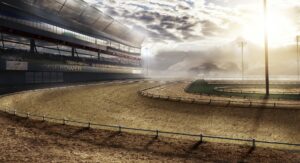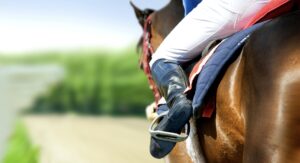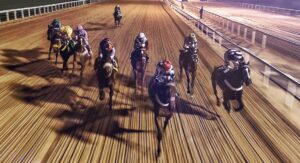How Pace Affects a Race
In this article, we incorporate the use of two real horses to present how pace can be calculated and how it can impact upon a horse’s chances. The two runners that are considered below are Jo’Burg, a hold up performer, and Tangerine Trees, who likes to blast off from the front.
The Importance of Pace
Some horses can be extremely versatile when it comes to the way in which a race is run. However, the majority of racers display some sort of preference when it comes to leading early, tracking through runners or being held up.
The size of the field, the state of the ground, the number of other runners with similar racing style, amongst other factors, can have an appreciable impact on the speed at which a race is contested. Now how do we determine which horses are going to do what?
There are websites which provide ‘pace mapping’, but to gain a feel for the race, it is important to pour through previous contests on the Racing Post website, reading their comments and looking at race replays.
Example 1 – Jo’Burg
David O’Meara’s runner Jo’Burg last competed in 2013. When looking at how pace affected his performance, we can first look at the horse’s performance in different field sizes:
- Under 10 runners: 1 win from 22 runs (5%). Wins 3
- 10 runners or more: 8 wins from 49 runs (16%). Expected wins 5
Common sense and the laws of probability would dictate that the smaller the field of runners, the more chance the horse has of winning as there are less rivals to compete against.
However, for a horse such as Jo’Burg, racing in single digit fields proves to be detrimental to his chances of being victorious, as evidenced by just a 1/22 strike-rate. In the 6 runner race that he did win, a habitual front runner Flying Applause set a scorching gallop.
When tackling bigger fields, Jo’Burg has been far more successful, winning 8 times from 49 runs. David O’Meara’s charge is a habitual hold up horse who likes to come off a fast pace on a galloping course.
Being able to come off a decent pace on a galloping course is ideal for Jo’Burg, as it allows the horse to race to its strengths, finishing strongly whilst other horses tire. (Indeed the horse is 7/34 when racing in double digit fields on galloping/easy courses)
To illustrate how this knowledge of field size/pace preference can be utilised from a betting perspective, we can use a hypothetical example and suppose that Jo’Burg may be entered for a 7 runner Claimer over 8f at Carlisle.
The horse is rated 77, with the next nearest horse rated 70. The horse rated 70 is the only conceivable front runner in the field, with the rest of the entries liking to track through or be held up. Jo’Burg is priced up as a 2.50 favourite, with the second favourite (the 70 rated front runner) in at 4.50.
Now instantly, alarm bells are ringing:
- We know Jo’Burg needs a solid pace to run at and there are only 7 runners.
- There is only one obvious front runner on paper, so the race is unlikely to be run to suit.
- Carlisle’s course is a turning track, which lends itself to horses steadying themselves round the home turn, before staying on in the straight.
None of these factors are in Jo’Burg’s favour, and a shrewd trainer/jockey combination of the second favourite would try and dictate slow fractions which would not enable Jo’Burg to run to the best of his ability.
The horse is currently trading at 2.50 on most betting sites, when in fact the circumstances and conditions make us believe the horse is more of a 3.25 chance, which implies that the horse would be a ‘value’ bet to lay (back to lose) on these sites.
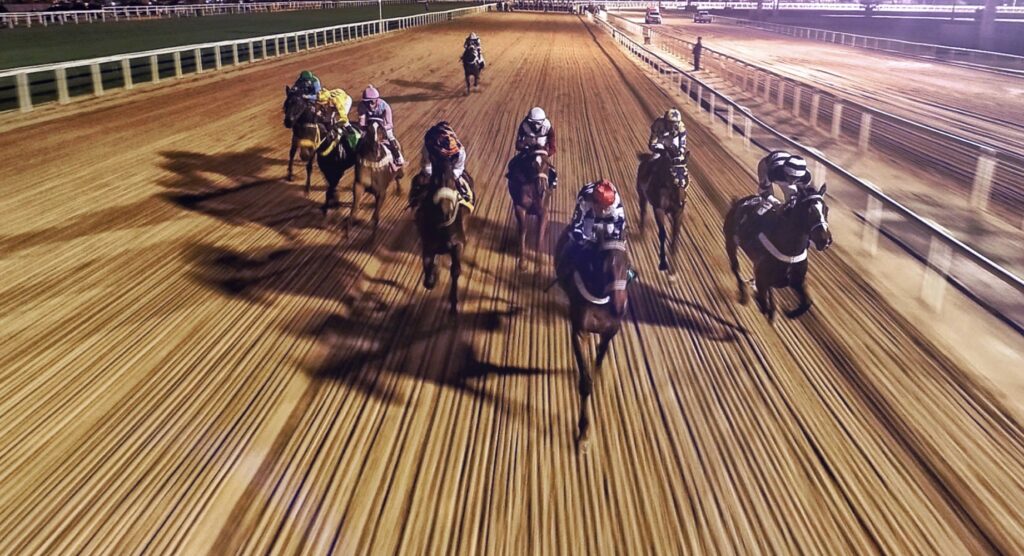
Example 2: Tangerine Trees
Bryan Smart’s 9yo gelding has proved to be a very genuine horse, winning 12/52 UK starts, being placed on a further 11 occasions. This horse is an out and out 5/6f sprinter with tonnes of early pace.
The following is a breakdown of the horse’s record in different sized fields when racing in the UK:
- Less than 10 runners: 7 wins from 16 runs (44%). Expected wins 3
- 10 runners or more: 5/36 (14%). Expected wins 3
The horse has a solid record of 5/36 in double digit fields, but is extremely successful when racing against a small number of rivals, scoring on 7 of 16 occasions when racing in single digit fields. Being a prominent racer, this is no surprise, and we can look at the breakdown of the horses early pace positions in its runs to explore further:
- Leading Early: 9/19 (47%). Expected wins 3
- Behind leaders or held up: 3/33 (11%). Expected wins 3
The results clearly show that when leading early, Tangerine Trees is extremely difficult to pass, winning 9 of 19 races, when his odds only entitled him to win three of those contests. This marries up with the fact that the horse has a 7/16 strike-rate in single digit fields.
To use a reverse of the previous example. Tangerine Trees may be running in a conditions race against 5 other rivals (these races tend to be small fields). He may be rated 7lbs inferior to the other rivals, but could be the only front runner in the contest. The course is sharp and often favours horses that go off in front. Tangerine Trees is a 5.00 shot (20%) when we believe his true chance of winning is more like 3.00 (33%).
Likely to get an uncontested lead on a track where it is difficult to come from off the pace, this provides us with the opportunity to back Tangerine Trees as a win bet, or alternatively he could make an excellent in running trade, by backing him prior to the race going off then laying the horse at a shorter price for a profit late in the contest when he is still in a competitive position. (See Trading In Running On Horse Racing)
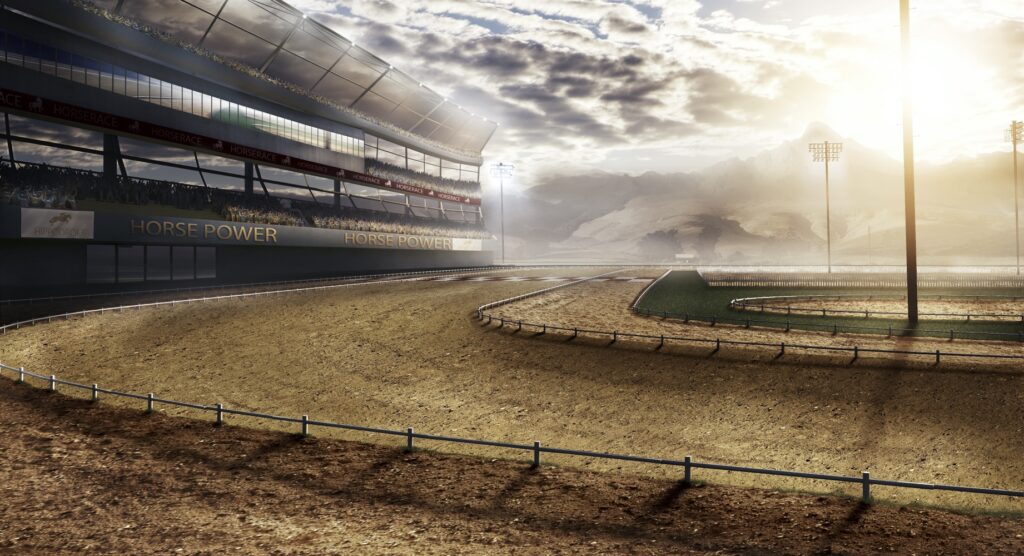
Comparison
Jo’Burg and Tangerine Trees display opposite running styles, but help us to demonstrate that they both have optimal race conditions and require contrasting levels of pace in a contest to perform to their highest individual levels of form.
It is slightly crude to simply state that small fields result in slowly run races whilst large fields guarantee a more solid, stretching gallop, but it is a theory that does to an extent carry some logic, due to the potential for more front runners in a bigger field, who are likely to ‘take each other on’.
There are certain courses that are conducive to front runners performing well and some where those who set the early fractions struggle to maintain their prominent early positions towards the business end of the race. They are as follows:
Top Tracks for Front Runners
- Chester
- Ripon
- Lingfield (Turf)
- Catterick
Worst Tracks for Front Runners
- Doncaster
- Ffos Las
- Ascot
- Newbury
There is a definite pattern in the types of courses that appear on both lists. The tracks where from runners excel, are in some shape or form, sharp, tight or undulating. On these courses, it is difficult to pick momentum up and hit top speed and therefore favours those who are able to dictate the pace.
The tracks where front runners perform poorly are galloping courses, all with a long home straight.
Those coming from hold up positions are able to get into top stride without worrying about turning or going into a dip and consequently it is not as much of an advantage to be making the speed early.
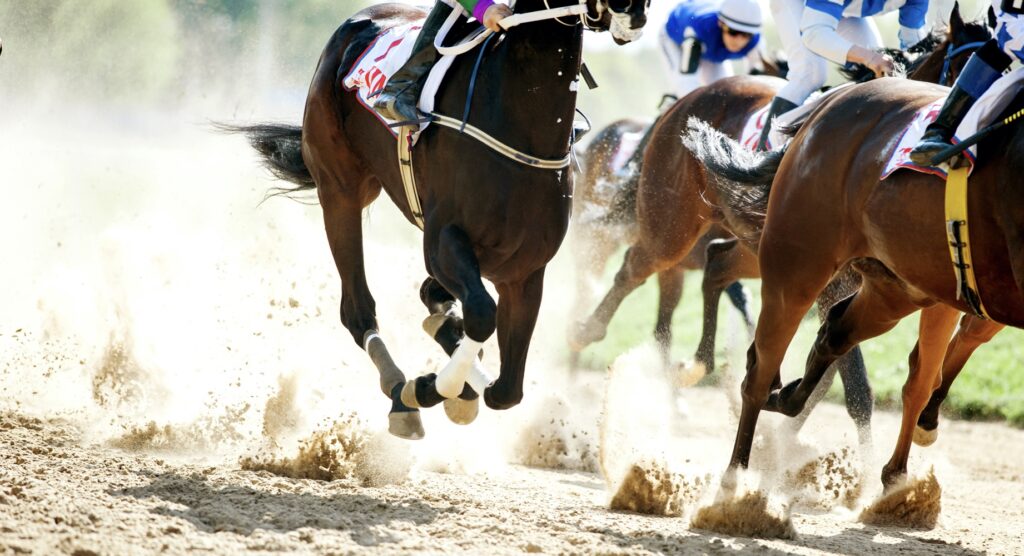
Final Thoughts
Once you are able to accurately determine the likely pace pre-race, it opens up a plethora of opportunities, from in running trading to finding ‘value’ bets and much more.
Smartersig is an excellent resource centre for horse racing, and for the very reasonable sum of £5 per month, it provides a plethora of useful information. Their pace mapping service allows users to see a colour coded and numbered break down of the potential pace in each race, offering an insight into how the contest is likely to be run. Well worth subscribing to.

